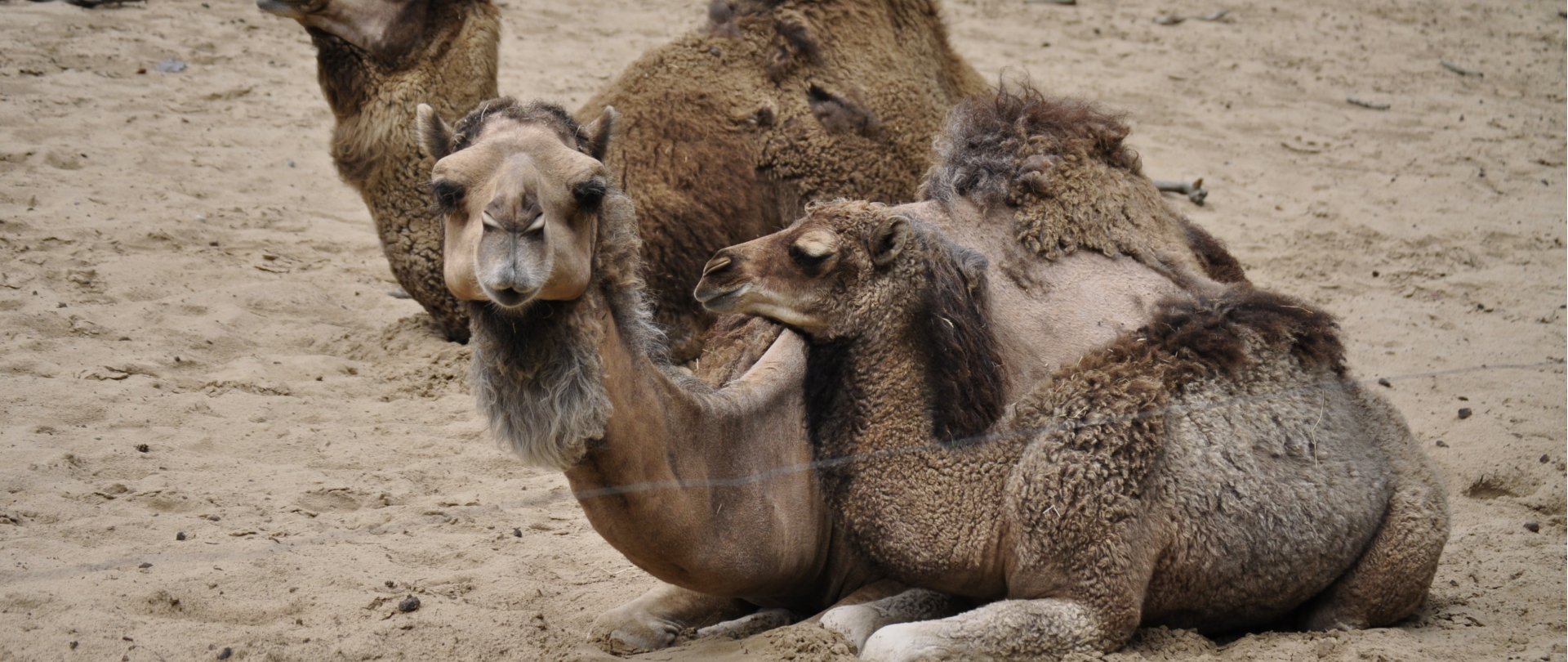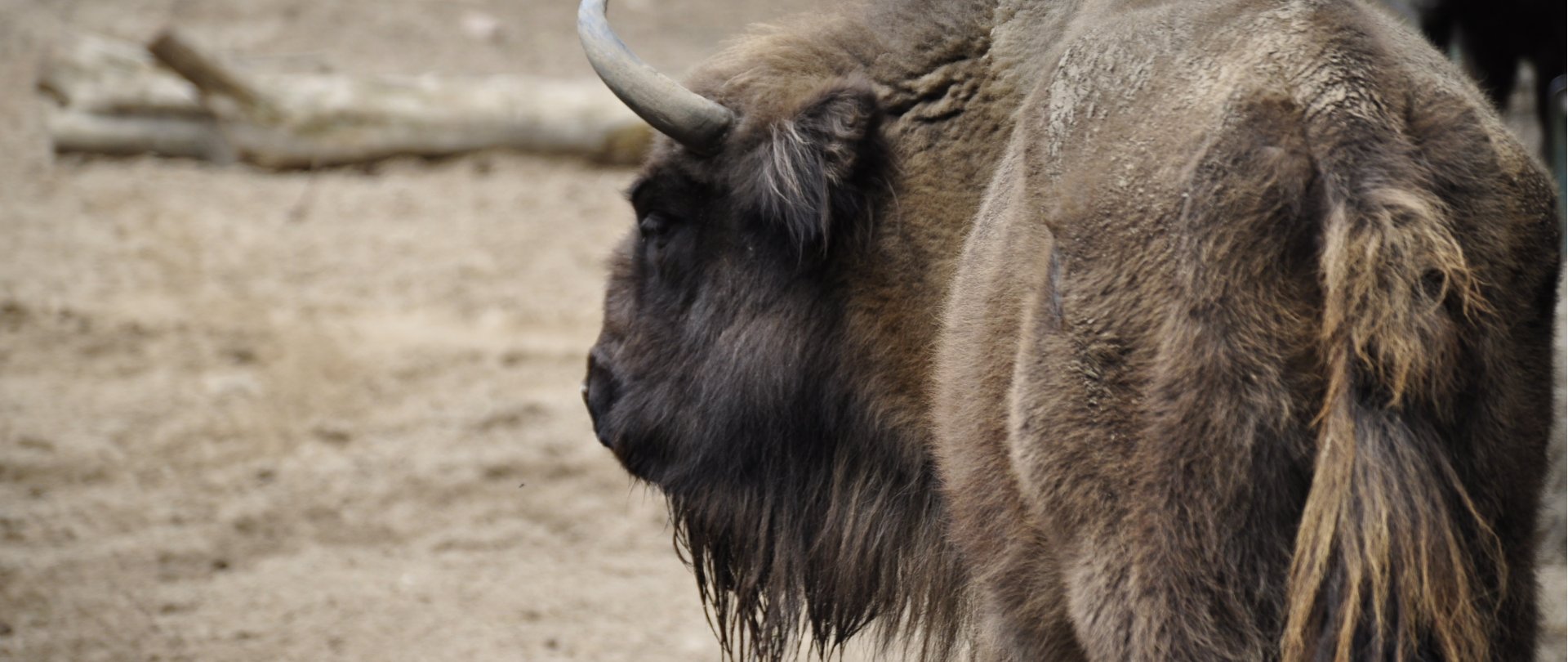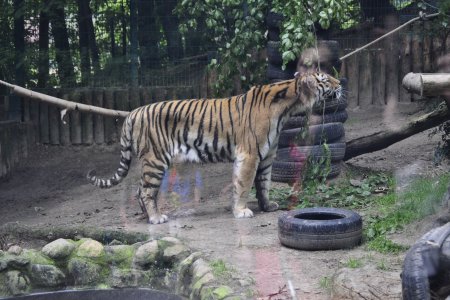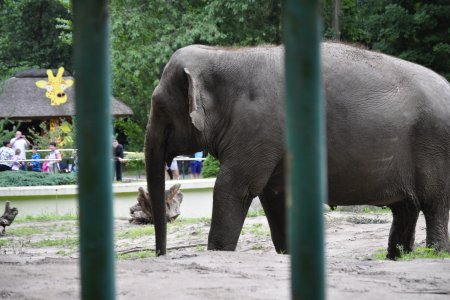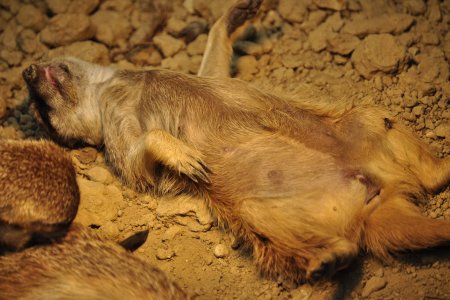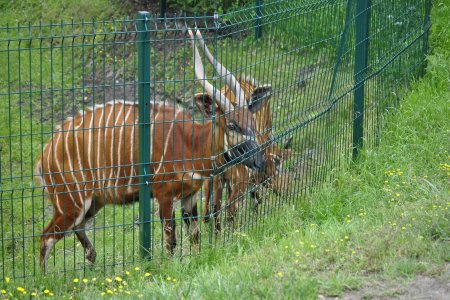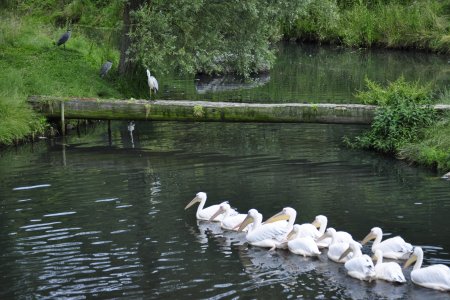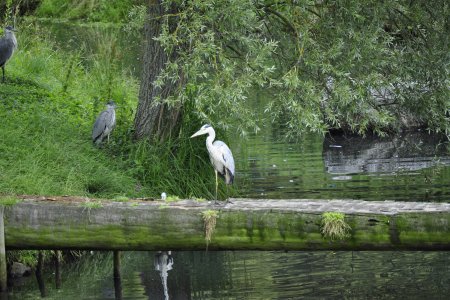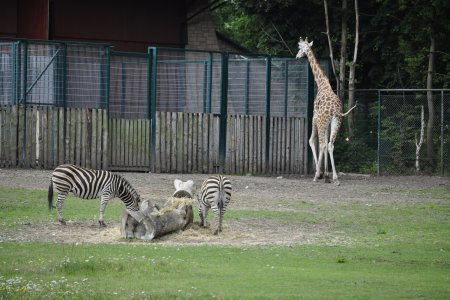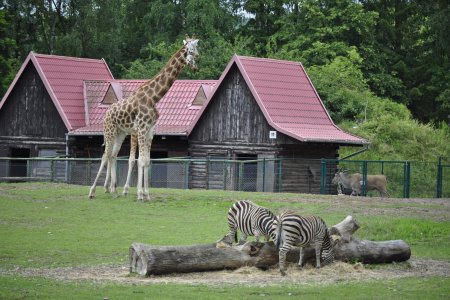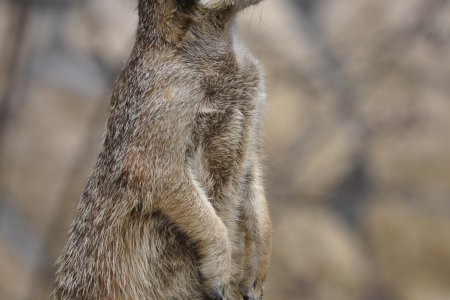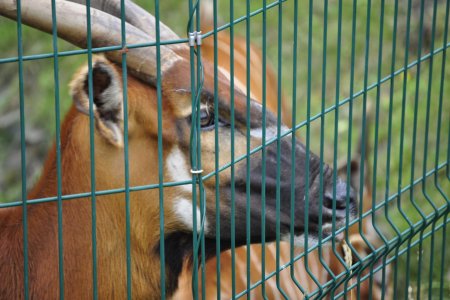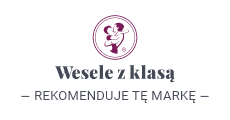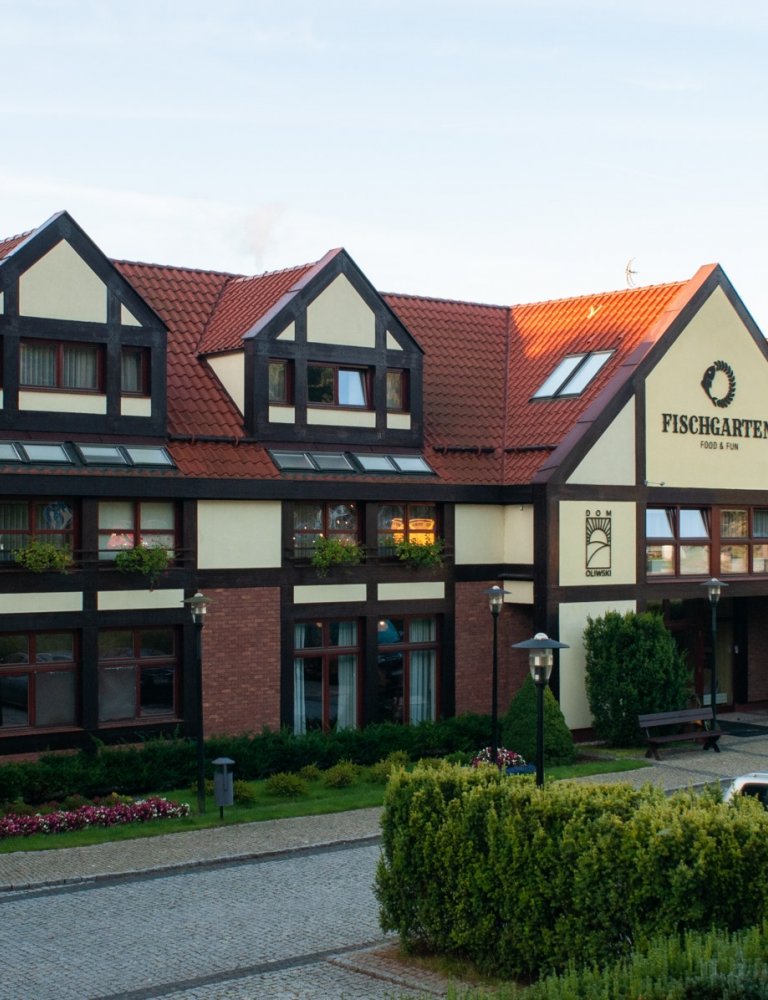Gdańsk’s zoo is one of the largest natural zoological gardens in Poland, attracting hundreds of thousands
of visitors each year. It serves as both a recreational and educational space, offering an opportunity to
experience wildlife up close.
The idea of establishing the zoo emerged in the late 1940s. When authorities approved the project at the
end of 1953, a park and forest area of approximately 100 hectares was designated for this purpose.
Located near the center of Oliwa, in the picturesque Valley of the Forest Mill, the site is traversed by the
Rynaszewski Stream, which is part of the Oliwa Stream. Today, the zoo lies at the heart of the Tricity
Landscape Park.
The choice of this location was influenced by its excellent topographic conditions and the valley’s mild
microclimate. From the late 19th century until 1945, the area housed a sanatorium for patients suffering
from respiratory diseases and rheumatism. Its former buildings, including farm structures, a water mill,
and a 19th-century miller’s manor, were adapted to accommodate the new zoo. The grand opening took
place on May 1, 1954, with the first inhabitants being small animals such as rabbits, guinea pigs, foxes,
deer, pheasants, as well as monkeys and parrots donated by sailors. That same month, the zoo welcomed
its first European bison named Puszczan, followed in June by a pair of wolves, Misio and Łątka, a gift
from the Warsaw Zoo. The couple went on to produce many offspring, which later enriched zoological
collections around the world.
By the mid-1980s, the zoo housed around 800 animals representing 176 species, including white
rhinoceroses, polar and Himalayan bears, tamarins, and ring-tailed lemurs. At that time, it was visited by
approximately 400,000 people annually.
Since the 1990s, the collection of animals has grown steadily, welcoming many rare and protected species
such as pygmy hippos, orangutans, maned wolves, oryxes, Somali wild asses, anoas, Javan langurs, mandrills, and colobus monkeys. The zoo is also home to the largest flock of northern rockhopper penguins in Europe.
Young visitors particularly enjoy the petting zoo, where they can touch and feed friendly animals. Another
fascinating attraction is the aviary and reptile house, which opened in 2001. It is home to about 30 species
of parrots and 16 species of reptiles, mainly snakes and turtles, many of which were rescued from illegal
trafficking or abandoned by owners.
One of the zoo’s highlights is the "Retro Train" ride, available during the spring and autumn seasons. The
45-minute journey takes visitors through the zoo while providing interesting facts about its most popular
residents, including elephants, leopards, and pelicans. A visit to Oliwa Zoo is an unforgettable adventure
for nature lovers of all ages.

